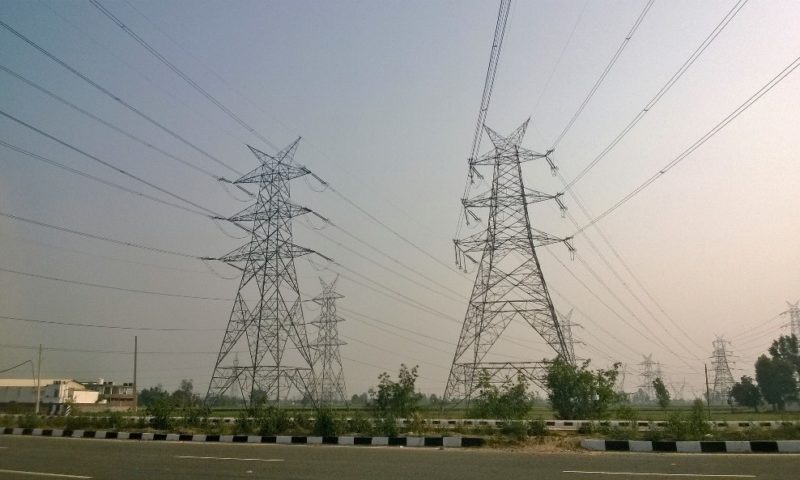There has been a noticeable revival in the number of interstate transmission system (ISTS) schemes awarded under the tariff-based competitive bidding (TBCB) route, in recent months.
Going by recent trends, the ongoing fiscal year FY24 will most likely to see the highest number of ISTS-TBCB schemes ever awarded in any year so far. During the period April 1, 2023 to around December 7, 2023 (roughly first three quarters of FY24), a total of 15 ISTS-TBCB schemes were awarded, according to an analysis by T&D India. At least six more schemes are likely to be awarded in the remaining period of FY24. This compares very favourably with 18 schemes awarded in FY23, nine in FY22 and three in FY21.
What is also conspicuous is that the power transmission developer base is witnessing increasing engagement from the private sector. In recent years, entities like GR Infraprojects, Megha Engineering and ReNew Power, to name a few, have joined the power transmission development space. It is also very heartening to note that a seasoned utility like Tata Power, which was largely away from the competitive bidding arena, recently made its debut by winning an ISTS-TBCB scheme in Rajasthan.
Most of the ISTS-TBCB schemes currently being awarded are related to renewable energy evacuation from RE-rich destinations like Gujarat, Rajasthan and Karnataka, among others. These projects, with a typical gestation period of 24 months, are being developed to support India’s massive RE ambition of 500 GW of installed power generation capacity from non-fossil fuels.
Today, there is much euphoria surrounding the 500-GW RE target – both on the generation and transmission side. However, it must be borne in mind that RE is a tricky business. From the generation perspective, the plant load factor is intrinsically low. This means that a given RE installed capacity will not result in the same electricity output as that of comparable conventional thermal power capacity. Besides, RE generation, due to its inherent intermittency, requires much technological intervention on the transmission side.
The true and full potential of renewable energy can therefore be realized only if RE generation is backed by grid-scale batter energy storage systems (BESS). India is making a sincere beginning in this domain but it will take some time before BESS establishes itself as an integral component of the T&D value chain.
It is therefore imminent that despite all the traction that RE is gaining, there will have to be a fast-track build-up of conventional (thermal) power generation capacity so as to forestall a shortfall in medium-term electricity demand.
The author of this article, Venugopal Pillai, is Editor, T&D India, and may be reached on venugopal.pillai@tndindia.com. Views expressed here are personal.

